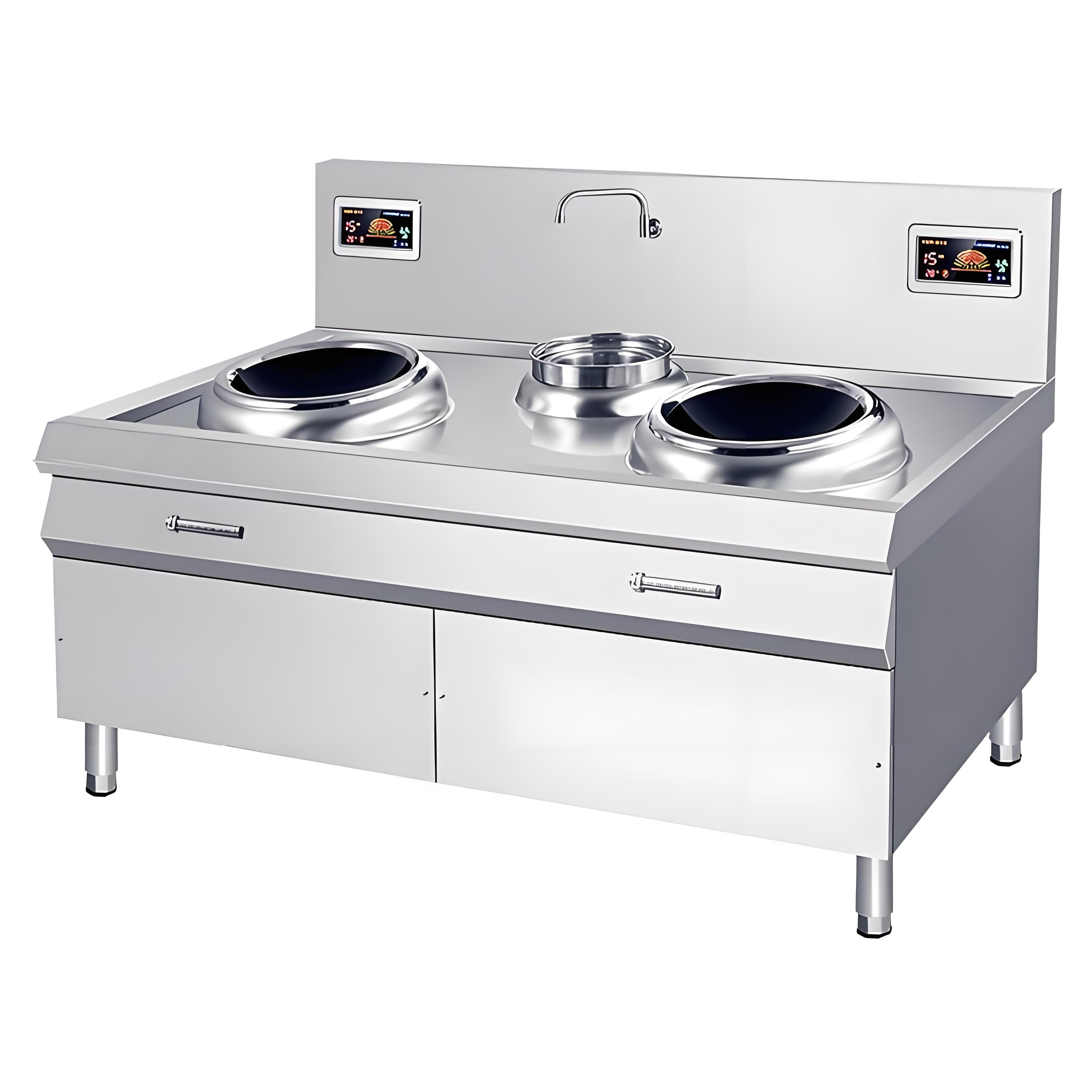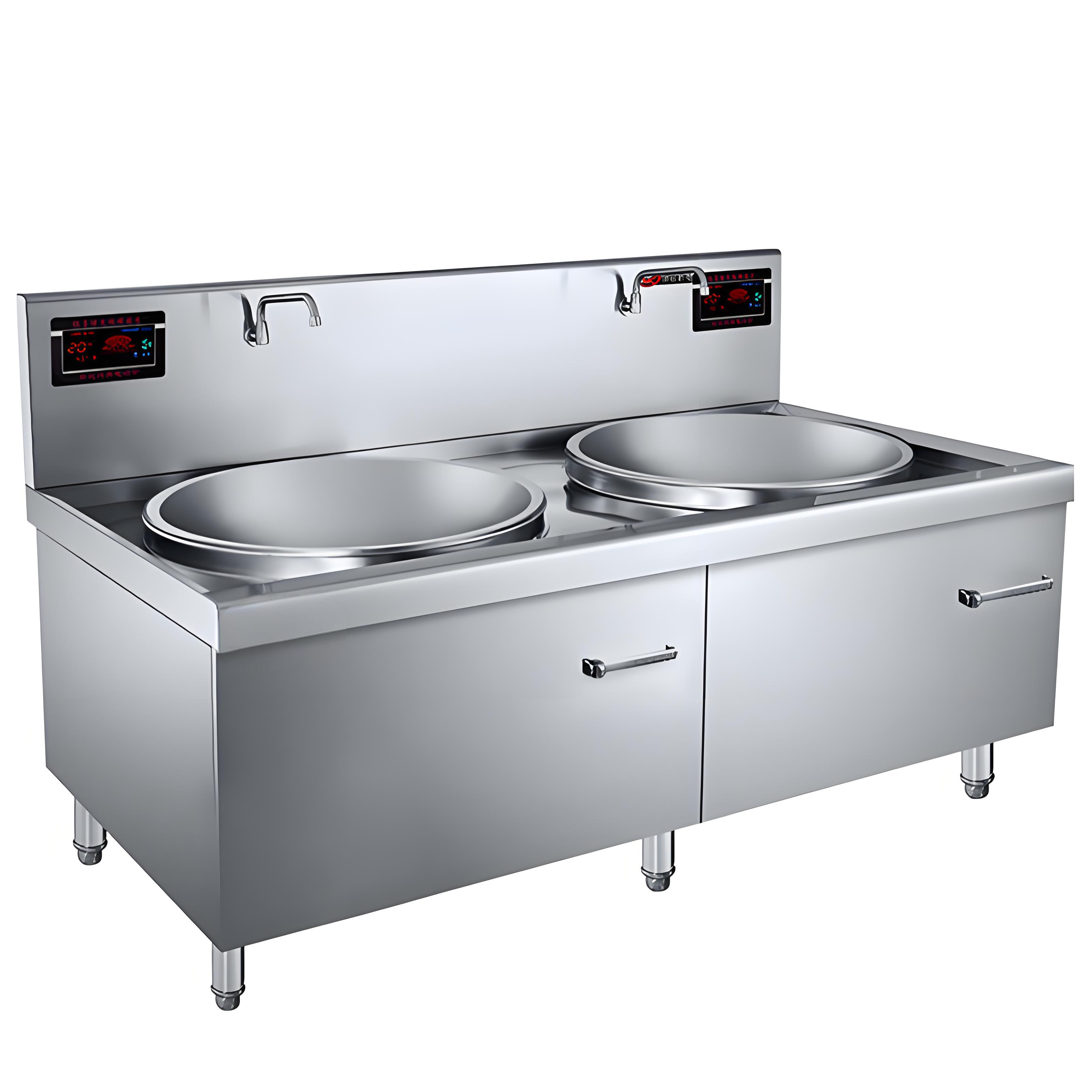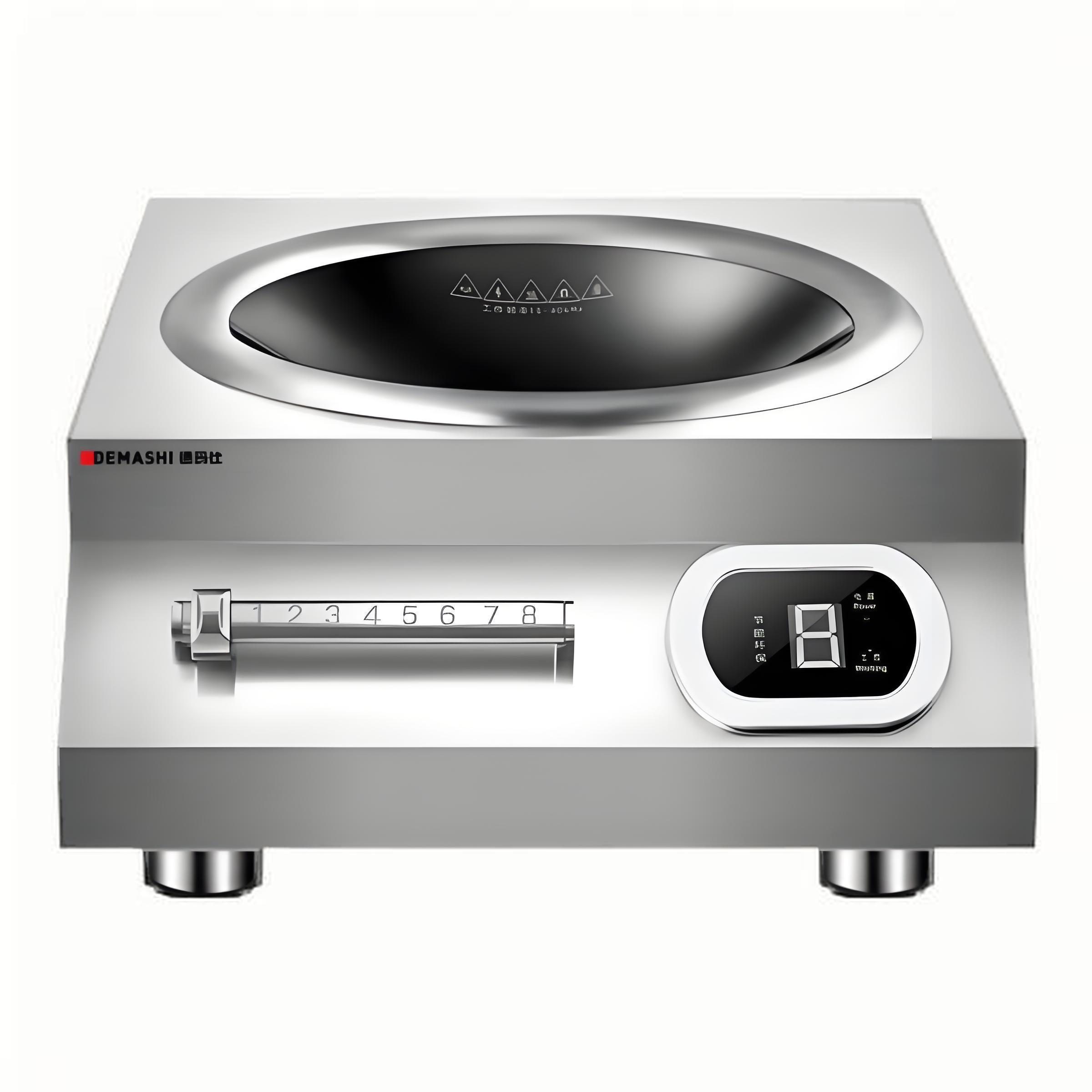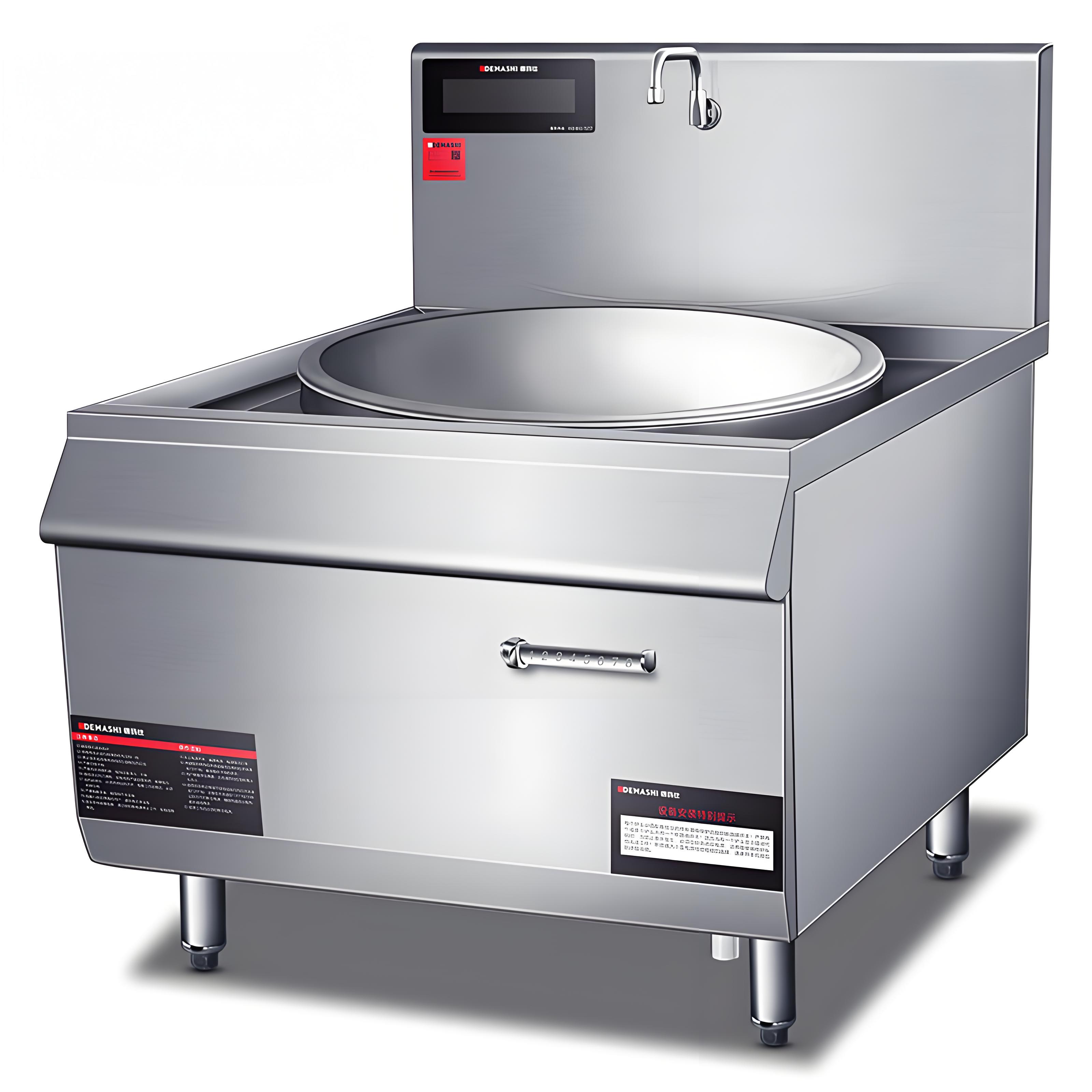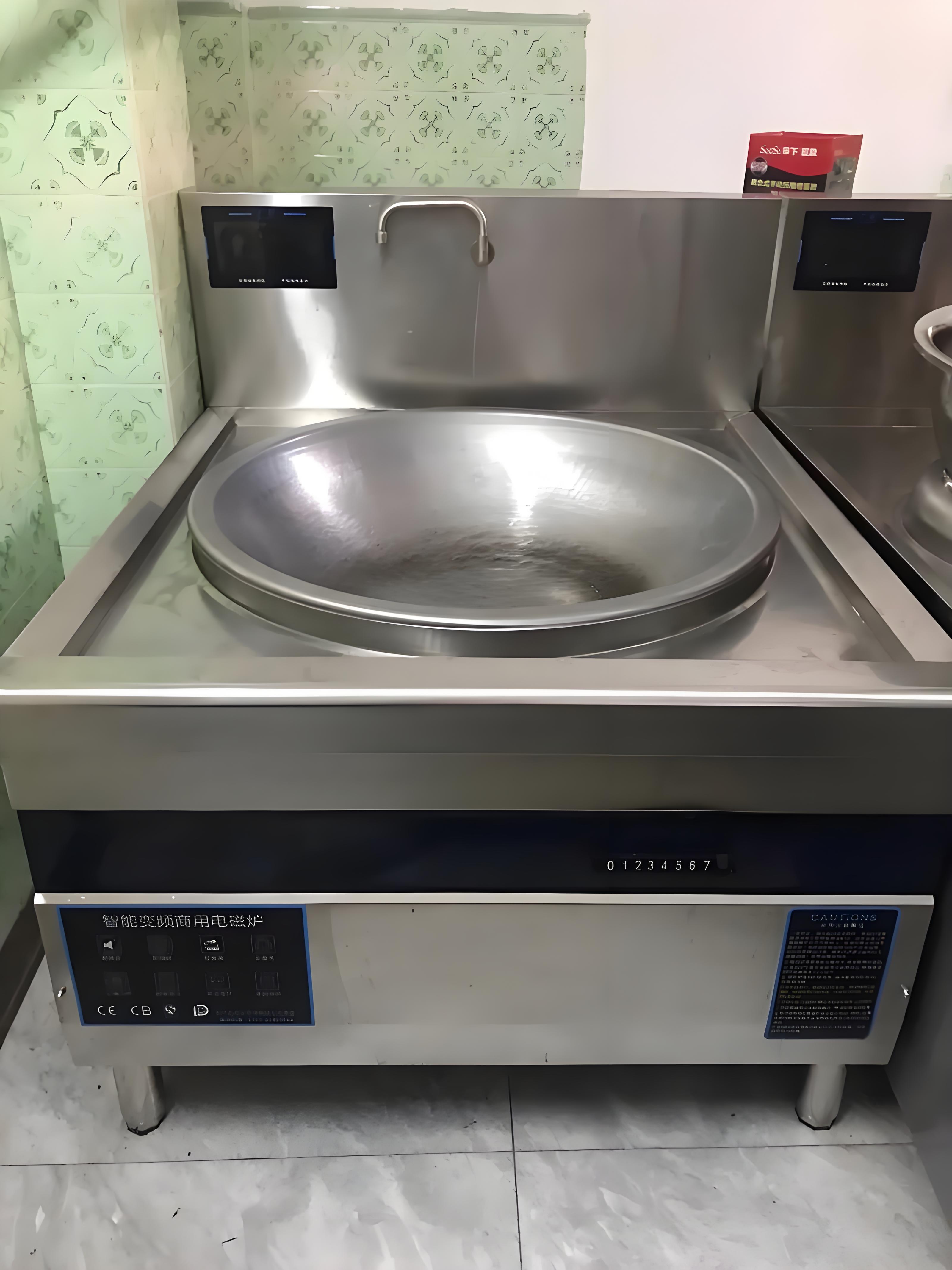As a long-time researcher in kitchen appliances and cooking techniques, I’m often asked a question: Why does induction cooking always boil water faster than traditional open flames? This seemingly simple question hides many details about heat transfer, equipment design, and actual use cases. Today, I’ll take you through the “fast” of induction cooking, from scientific principles to practical experience, and share some useful tips to help you use your induction cooktop more efficiently in your daily cooking.
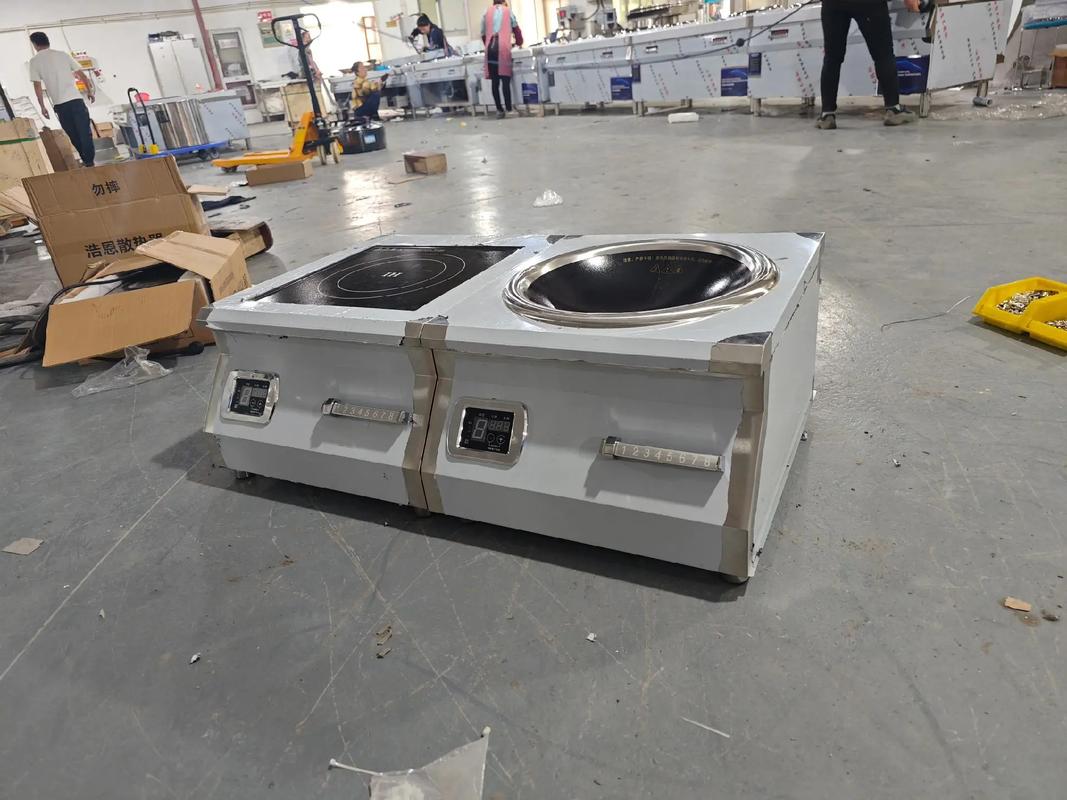
I. How Do Induction Cooktops and Open Flames Differ in Heating Principles?
To understand why induction cooktops boil water faster, we first need to look at their heating principles. Induction cooktops and open flames have fundamentally different heating methods, which directly affect their thermal efficiency.
Induction cooktops are based on the principle of electromagnetic induction. When you turn on an induction cooktop, the internal coil generates a high-frequency alternating magnetic field. The ferromagnetic material of the cookware (such as stainless steel or cast iron) generates eddy currents in the magnetic field, which are then converted into heat, directly heating the bottom of the pot. Simply put, the heat on an induction cooktop is “directly generated” inside the cookware, with almost no loss through an intermediary.
Open flames (like gas stoves), on the other hand, produce high-temperature flames by burning gas. The heat from the flame is transferred to the bottom of the pot through convection and radiation, and then to the water in the pot. During this process, heat is lost to the air, such as hot air rising around the flame and heat escaping from the edges of the pot, resulting in much less actual heat transferred to the water than the total heat generated by combustion.
The core difference: Heat from an induction cooktop acts directly on the cookware, leading to high energy utilization; heat from an open flame is easily lost, resulting in lower efficiency.
II. Three Main Reasons Why Induction Cooktops Boil Water Faster
To more intuitively compare the efficiency of induction cooktops and open flames in boiling water, let’s break down the reasons why induction is “fast.”
1. Higher Thermal Efficiency
Induction cooktops typically have a thermal efficiency of 85%-95%, while gas stoves generally only have 40%-60%. This is because almost all the heat from an induction cooktop is concentrated at the bottom of the pot, with minimal loss. When a gas stove’s flame heats the bottom of the pot, a large amount of heat is lost to the surrounding environment with the hot air.
For example, I once did an experiment: using 1 liter of room temperature water (about 20℃), an induction cooktop (2000W power) took about 4 minutes to boil, while a gas stove (3.5kW thermal power) took more than 6 minutes. Much of this extra time is due to the low heat utilization rate of the gas stove.
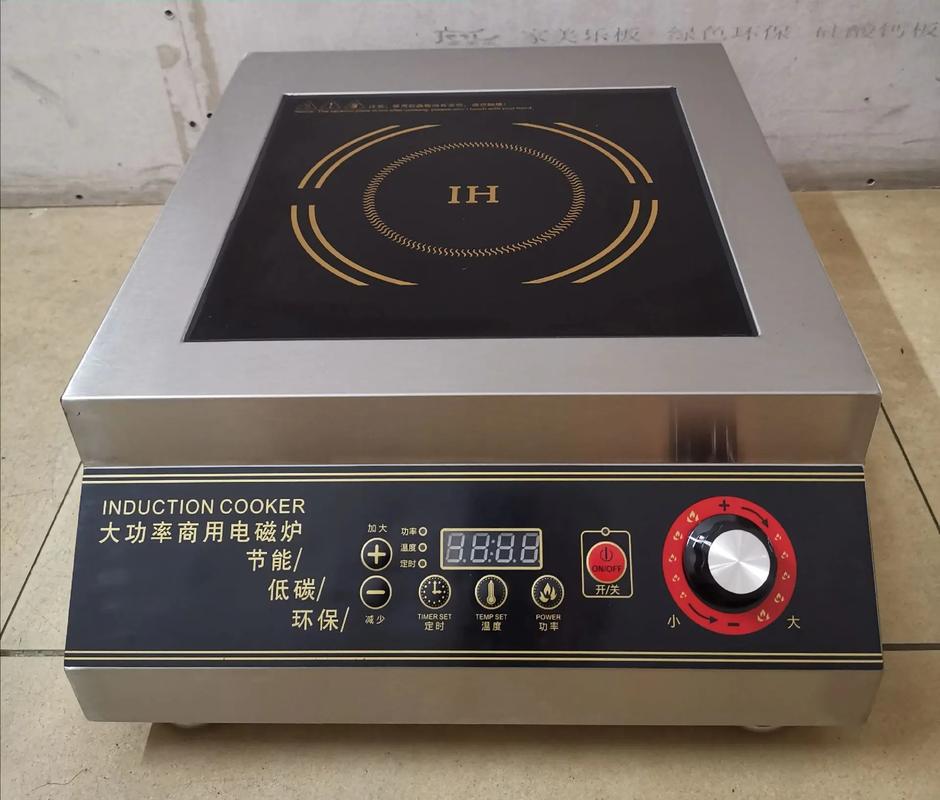
2. Precise Temperature Control
Another advantage of induction cooktops is precise temperature control. They can quickly adjust power output to maintain a stable heating state. For example, when the water approaches boiling, an induction cooktop can quickly switch to high power to ensure the water boils quickly. Gas stoves have relatively rough flame control, and changes in flame size require manual operation, which is slow to react and can lead to wasted heat.
3. Cookware Compatibility
Induction cooktops require specific cookware: ferromagnetic, flat-bottomed pots. This type of cookware usually fits snugly with the induction cooktop’s heating panel, leading to high heat transfer efficiency. While gas stoves offer more flexible cookware choices, if the bottom of the pot is uneven or has a small contact area with the flame, the heat transfer effect will be greatly reduced.
To further clarify the differences between the two, I’ve compiled a table:
III. What Other Factors Affect “Speed” in Actual Use?
In addition to the theoretical advantages, how fast an induction cooktop boils water is also closely related to the actual use case. Here are a few key points I’ve summarized for your reference.
1. Power Output
The power output of an induction cooktop typically ranges from 1000W to 3000W. The higher the power, the faster the heating speed. In comparison, while the thermal power (in kilowatts) of a household gas stove may be higher, the actual heat transferred to the water is reduced due to loss. Therefore, when choosing an induction cooktop, I recommend choosing a model above 2000W for higher boiling efficiency.
2. Cookware Selection
Induction cooktops have strict requirements for cookware material and shape. I’ve found that many people experience reduced heating efficiency when using an induction cooktop with an uneven or unsuitable pot (e.g., an aluminum pot). I recommend choosing flat-bottomed, stainless steel or cast iron cookware and ensuring the bottom of the pot is completely in contact with the induction cooktop’s panel.
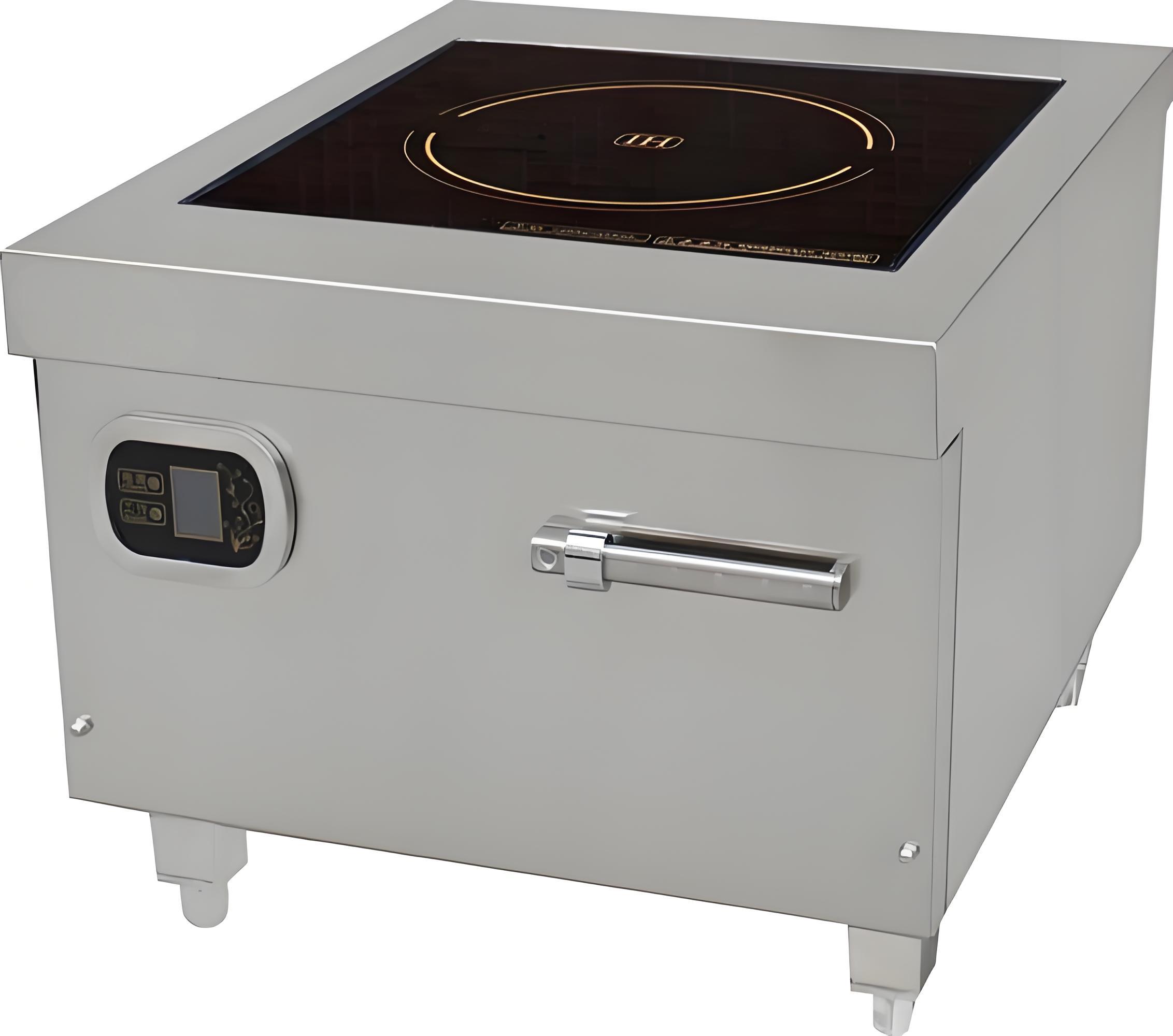
3. Water Volume and Initial Temperature
Water volume and initial water temperature also affect boiling time. The advantage of an induction cooktop is particularly noticeable when heating a small amount of water (e.g., 500ml) because the heat is concentrated, and the temperature rises quickly. However, if boiling a large pot of water (e.g., 3 liters), the gap between induction cooktops and open flames will narrow because the total heat demand increases, and the power advantage of the induction cooktop is partially offset.
4. Environmental Factors
The heating of an induction cooktop is not affected by external wind, while a gas stove in a well-ventilated environment (e.g., a kitchen with windows or a fan) can cause the flame to fluctuate, leading to more heat loss. This is also why boiling water with a gas stove outdoors is often less efficient.
IV. Practical Tips for Boiling Water with an Induction Cooktop
To maximize the efficiency of boiling water with an induction cooktop, I’ll share a few tips from my own experience:
Choose the right cookware: Prioritize flat-bottomed, good magnetic conductivity pots, such as stainless steel soup pots or cast iron pots. The diameter of the pot bottom should match the induction cooktop’s heating area as much as possible to avoid heat waste.
Control the water volume: If you only need to make tea or boil noodles, try to reduce the water volume; 500ml-1L of water boils very quickly on an induction cooktop.
Cover the pot: A lid can effectively reduce heat loss, especially when the water is close to boiling, helping it boil faster.
Regularly clean the induction cooktop panel: Oil stains or water spots on the panel may affect the contact between the pot and the panel, reducing heating efficiency.
V. Other Advantages and Limitations of Induction Cooktops
In addition to boiling water quickly, induction cooktops have other commendable features, such as high safety (no open flame, reducing fire risk), easy cleaning (flat design is easy to wipe), and energy efficiency (electricity consumption is more controllable than gas). However, they also have limitations, such as high cookware requirements, higher initial purchase costs, and being unusable during power outages.
In contrast, the advantages of open flames lie in their strong adaptability to cookware and suitability for stir-frying and other scenarios that require rapid flame movement. However, their thermal efficiency is low, they are messy to clean (more fumes), and they pose certain safety hazards.

VI. How to Choose the Right Heating Method for You?
If you’re still debating which is better for you, an induction cooktop or an open flame, consider the following:
Usage scenario: If you often need to quickly boil water, make soup, or prefer a tidy kitchen, an induction cooktop is a good choice; if you prefer Chinese stir-frying or outdoor cooking, a gas stove might be more suitable.
Budget considerations: Induction cooktops have a higher initial investment, but in the long run, electricity costs may be more cost-effective than gas costs, especially in areas with lower electricity prices.
Kitchen environment: Small apartments or poorly ventilated kitchens are more suitable for induction cooktops, while spacious open kitchens can also leverage the advantages of gas stoves.
VII. Conclusion: Why Induction Cooktops Are the “Efficiency Workhorse” of Modern Kitchens
Through the above analysis, the secret to the induction cooktop’s speed in boiling water lies in its high thermal efficiency, precise temperature control, and low heat loss. From scientific principles to practical use, induction cooktops demonstrate a clear advantage in rapid heating scenarios. Especially for small families or single individuals who prioritize efficiency and safety, an induction cooktop is almost a “godsend” in the kitchen.
Of course, induction cooktops are not a panacea, and the specific choice still needs to be combined with your cooking habits and kitchen environment. I hope this article helps you better understand the advantages of induction cooktops and allows you to boil water and cook more efficiently in your daily life!
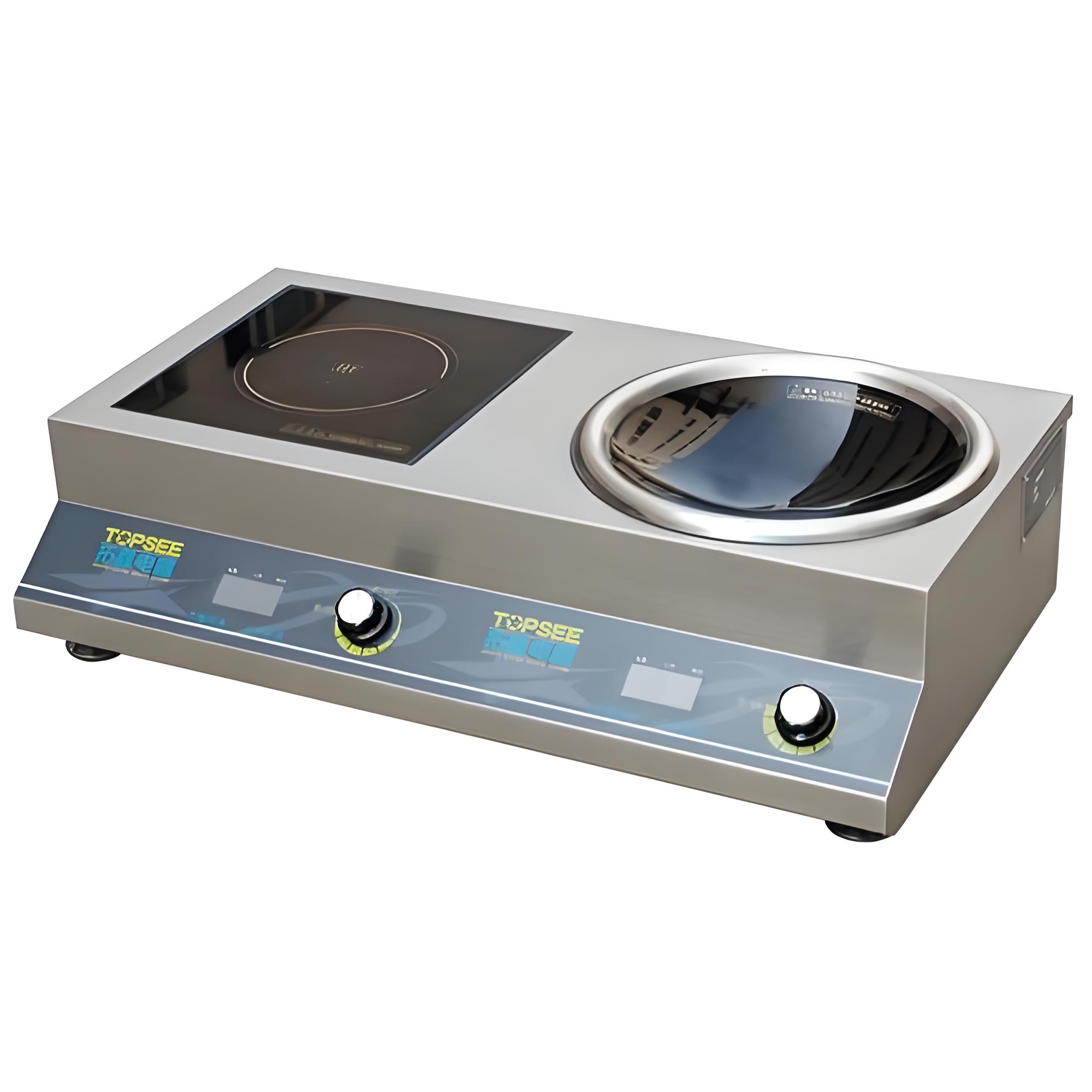
Related Questions
Do induction cooktops really save more money than gas stoves for boiling water?
Induction cooktops have high thermal efficiency, so in the long run, they may indeed be more cost-effective than gas stoves. How much you save depends on local electricity and gas prices; it’s best to compare actual utility bills.
What kind of dishes are induction cooktops suitable for?
Induction cooktops are very suitable for boiling soup, stewing dishes, boiling water, and other scenarios that require stable heating. Some high-end models also support stir-frying, but the effect may be slightly inferior to a gas stove.
What are the cookware requirements for induction cooktops?
They must be made of ferromagnetic material (such as stainless steel, cast iron), and the bottom of the pot must be flat and its diameter should match the induction cooktop’s heating area. You can test with a magnet: cookware that can be attracted by a magnet is usually suitable.
Do induction cooktops emit radiation?
The electromagnetic radiation from induction cooktops is within safe limits and complies with international standards. When using, maintain a distance of 20-30cm, and pregnant women or children do not need to worry specially.
Which is faster for boiling water, an induction cooktop or a microwave?
An induction cooktop is usually faster than a microwave because when a microwave heats water, the energy distribution is uneven, easily leading to localized overheating, while the heat from an induction cooktop is more concentrated.
